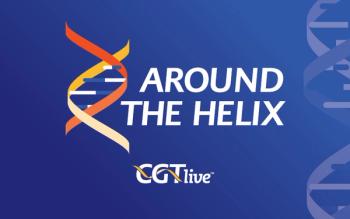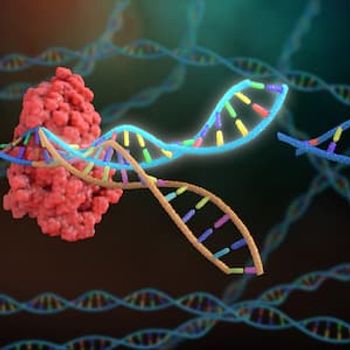
Aneal Khan, MD, MSc, FCCMG, FRCPC, on Evaluating Gene Therapy for Fabry Disease
The president of MAGIC Clinic and CEO of Discovery DNA discussed the implications of gene therapy data presented at the 2025 WORLDSymposium.
At
Following up on Fabry Disease Awareness Month, observed annually in the month of April, CGTLive® got in touch with Aneal Khan MD, MSc, FCCMG, FRCPC, the president of MAGIC Clinic and CEO of Discovery DNA, to discuss gene therapy research in Fabry disease. Khan spoke about the data presented at WORLDSymposium this year and about innovation in the field more generally.
Can you give some background context about Fabry disease?
Aneal Khan MD, MSc, FCCMG, FRCPC: Fabry disease is an X-linked genetic disease that affects both males and females. The main features include heart and kidney disease, stroke, and pain. These features can start in childhood, especially in males who can have early onset severe pain episodes, with silent progression of the organ disease and reduced life expectancy if untreated. There is no cure for Fabry disease. Current standard treatments include enzyme replacement therapy or oral chaperone therapy which needs to be taken at regular intervals for life.
Can you discuss the Fabry disease data presented at WorldSymposium this year?
Data on gene therapies were presented. This includes outcomes of the Sangamo gene therapy trial and the FACTS gene therapy trial. These therapies are quite different in the sense that Sangamo is a trial using an AAV-like vector directly injected into the body (in vivo gene therapy). The FACTS trial takes stem cells from the body and administers a lentiviral vector outside the body into the stem cells and then injects the stem cells back into the patient (ex vivo gene therapy). Both types of gene therapy are in clinical trials.
How would you summarize the big-picture implications that doctors and the broader healthcare community should take away from this data?
The gene therapies offer the possibility of a once-in-life treatment by inserting a working copy of the GLA gene into the patient. These patients have been shown to make enough enzyme from the gene therapy to not be classified as enzyme-deficient. Studies are ongoing to see how well these therapies reduce the disease symptoms and organ involvement in patients with Fabry disease.
Have there been any challenges so far and/or have there been any areas of interest identified for further study?
Some patients have had mild inflammatory changes, such as liver inflammation, which has been temporary and [to my knowledge] no serious adverse events have been reported.
Do you have a main message you would like to share with the healthcare community for Fabry Disease Awareness Month in 2025?
When I started my career, there was no treatment for Fabry disease. Enzyme replacement therapy, which has been in place now for about 20 years, has really improved the outcomes for patients with Fabry disease. Oral therapies have made it easier to take the treatment rather than having an enzyme infusion. So, there is hope that one day a “one and done” therapy, like gene therapy, may offer patients with Fabry disease and easier way to live with Fabry disease and improve outcomes.
Is there anything not covered by the previous questions that you want to share?
Collecting data from studies takes time and a lot of dedication from the patients. The patients are essential in driving the technology forward and all of the patients I have had in clinical trials are involved to really help develop newer treatments that could be used in patients with those diseases in the future. While much has been reported about some gene therapy trials where there were negative outcomes, thousands of people with different diseases have now been treated in gene therapy trials safely and patients in this trial from Sangamo generally are healthy and continuing to do well.
This transcript has been edited for clarity.
Newsletter
Stay at the forefront of cutting-edge science with CGT—your direct line to expert insights, breakthrough data, and real-time coverage of the latest advancements in cell and gene therapy.









































